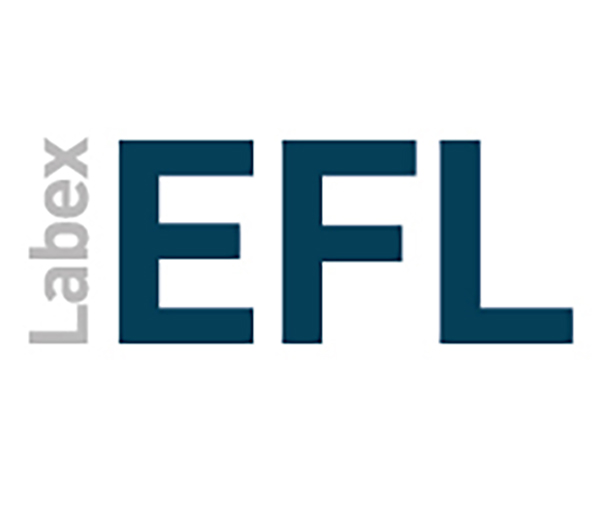Bare Quantity Construction in Mandarin Chinese and the Typology of Modals
Salle 681C
Université Paris-Diderot
Bâtiment Grands Moulins, aile C
5 rue Thomas Mann
75013 Paris
It has been proposed in the literature that Chinese is a mood-prominent language, where there is no morphological tense, and the mood/modal category is so prominent that it may remain silent throughout linguistic computation. A suggestive analogy can be found in the correlation between the topic prominence and the presence of pro-drop and null topic in Chinese (cf. Huang 1984, 1989). In this paper, we would like to pursue this line of thinking further by investigating the bare quantity construction, where there is no modal or aspect marker, and a certain notion of quantity is in play (cf. Li 1998 and Lu 2004). Here we entertain the possibility that there is an implicit modal involved in its syntactic arrangement and semantic interpretation, which is virtually identical to its overt counterpart, expressing capacity modality (cf. Tsai 2001). Another piece of argument comes from implicit modality construals in subjunctive complements, outer wh-adveribals, as well as non-canonical interrogative constructions. What is expressed by those wh-elements is equivalent to negative epistemic modality (cf. Shao 1996; Tsai 2011).




